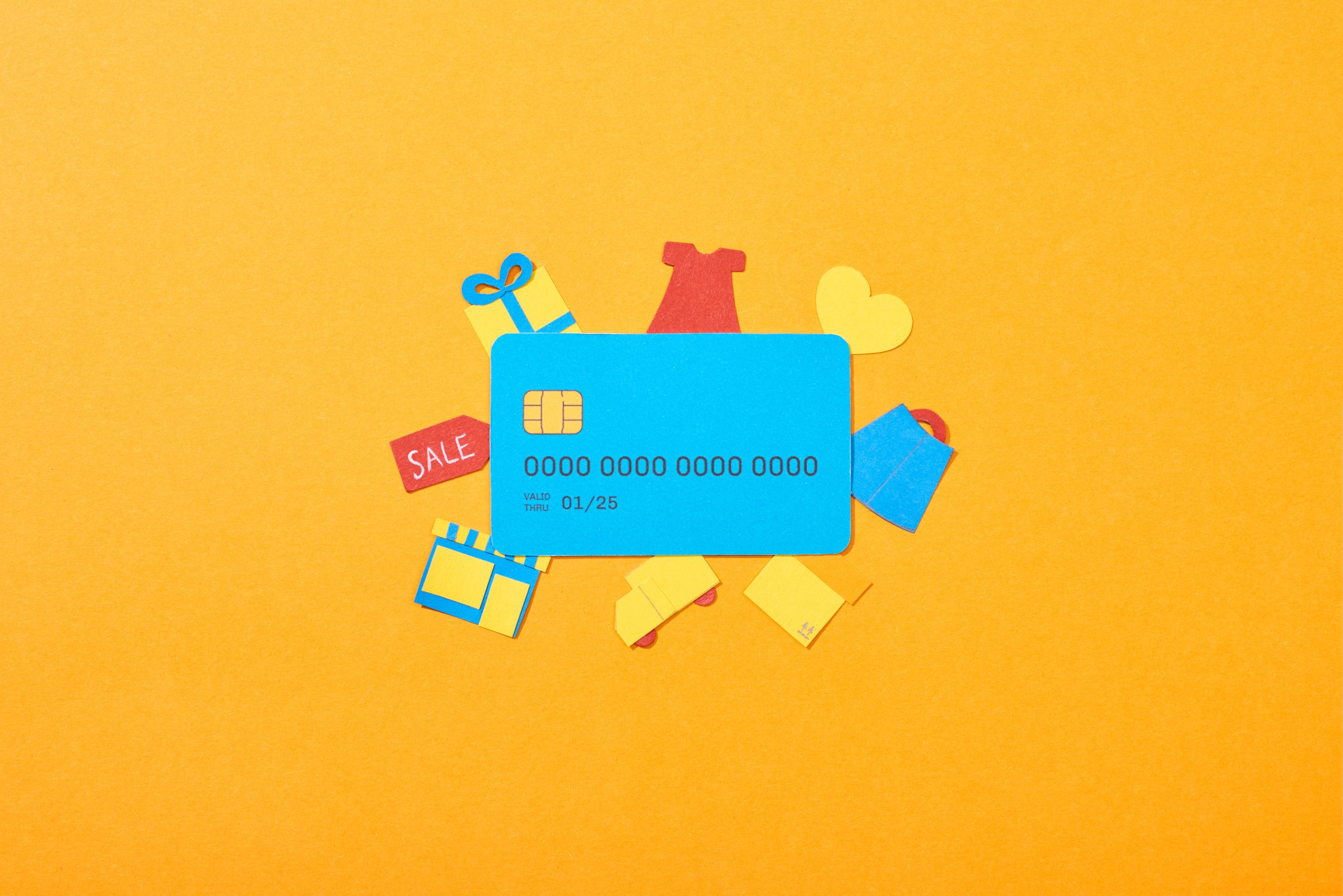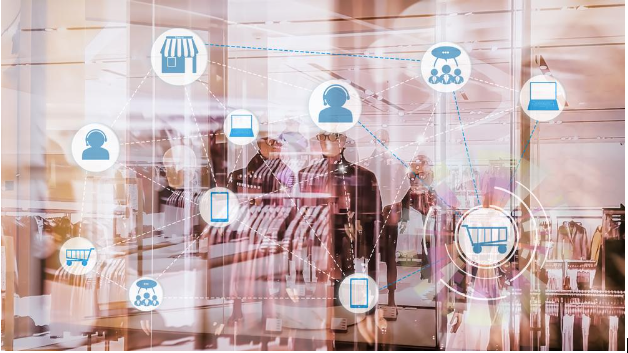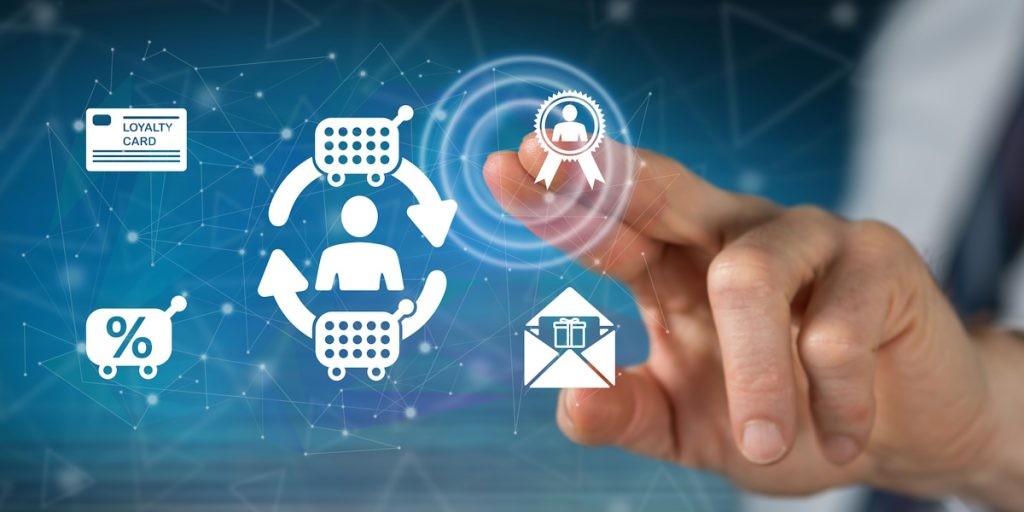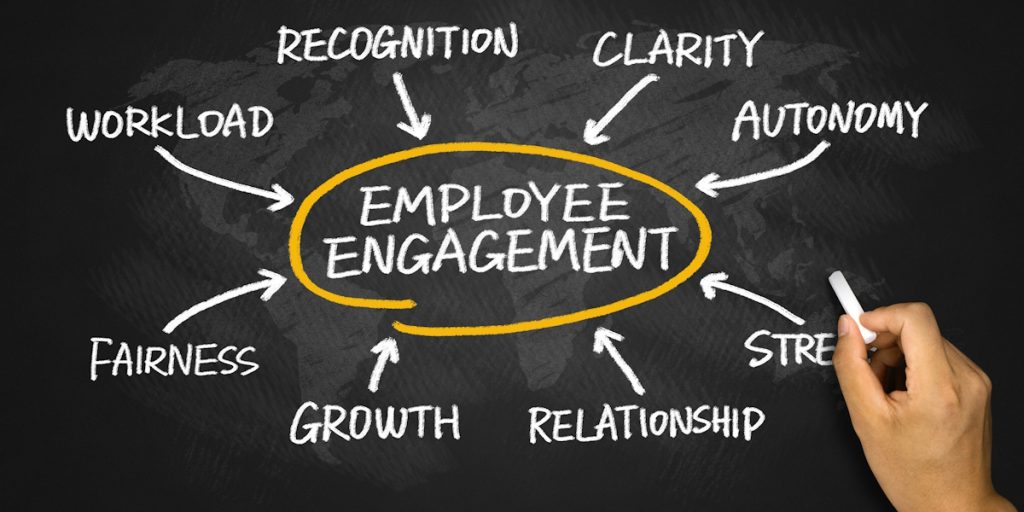Retaining existing customers is vital for businesses seeking sustainable growth. Implementing effective customer retention strategies for B2B can significantly lower customer acquisition costs while boosting long-term profitability. A well-crafted B2B loyalty program not only rewards clients but also strengthens relationships, promotes customer loyalty, and enhances brand advocacy.
Building customer loyalty in B2B markets requires more than just offering incentives. It involves understanding customer needs, delivering consistent value, and nurturing long-term relationships. This blog will explore how B2B loyalty programs can effectively reduce acquisition costs and enhance customer retention.
What Are B2B Loyalty Programs?
B2B loyalty programs are strategic initiatives designed to reward business clients for their continued partnership. These programs focus on fostering long-term relationships, increasing customer retention, and driving repeat business. Successful programs offer personalized rewards, exclusive benefits, and tailored experiences that meet the unique needs of B2B clients.
The Link Between Customer Retention Strategies for B2B and Acquisition Costs
Acquiring new customers often requires significant investments in marketing, sales, and promotional activities. However, retaining existing clients is far more cost-effective. Studies reveal that increasing customer retention by just 5% can boost profits by 25% to 95%. Implementing effective customer retention strategies for B2B can lower acquisition costs by fostering loyalty, encouraging repeat purchases, and turning satisfied clients into brand advocates.
Benefits of B2B Loyalty Programs for Reducing Acquisition Costs
B2B loyalty programs offer several advantages that help reduce customer acquisition costs, including:
- Improved Customer Retention: Rewarding long-term clients encourages loyalty and minimizes churn.
- Referral Opportunities: Satisfied customers refer new clients, reducing the need for costly marketing.
- Higher Customer Lifetime Value: Loyalty programs encourage repeat purchases, increasing revenue.
Best Practices for Implementing Customer Retention Strategies for B2B
To create a successful B2B loyalty program, businesses need to adopt effective customer retention strategies. These practices ensure long-term client relationships and maximize the value of loyalty programs. Consider the following strategies:
- Offer Meaningful Rewards: Tailor rewards to meet clients’ business needs, such as offering discounts, exclusive services, or cashbacks. Providing value-driven rewards ensures clients feel appreciated and motivates repeat purchases.
- Leverage Data for Personalization: Use customer data to deliver personalized experiences, such as offering targeted rewards or exclusive deals based on past behavior. Personalized incentives strengthen client relationships and enhance loyalty.
- Encourage Referrals and Advocacy: Develop a referral program that rewards clients for bringing in new business. This approach leverages existing relationships to reduce acquisition costs and increase brand visibility.
- Ensure Consistency in Value Delivery: Consistently meet customer expectations and deliver promised benefits. A reliable and valuable loyalty program builds trust and long-term loyalty.
- Continuously Monitor and Optimize: Regularly evaluate the program’s performance, seek feedback, and refine rewards to meet changing customer needs.
Measuring the Success of B2B Loyalty Programs
Measuring the success of your B2B loyalty program is crucial for understanding its impact on customer retention and acquisition costs. Tracking relevant metrics provides insights into the program’s effectiveness and areas for improvement. Key performance indicators (KPIs) include:
- Customer Retention Rate: This metric measures the percentage of clients who remain loyal over a specific period. A higher retention rate indicates a successful program that keeps customers engaged.
- Referral Rate: The number of new customers acquired through referrals shows how effectively the program drives brand advocacy. A higher referral rate means your clients trust and recommend your brand.
- Customer Lifetime Value (CLV): CLV evaluates the total value a customer brings to your business over their entire relationship. A successful loyalty program increases CLV by encouraging repeat purchases and long-term partnerships.
- Program Engagement Rate: This metric tracks the level of participation and activity in the loyalty program. Higher engagement rates indicate that customers find value in the program.
Conclusion
Implementing effective customer retention strategies for B2B can help businesses reduce acquisition costs, increase customer loyalty, and drive long-term success. A well-designed B2B loyalty program that offers personalized rewards, referral incentives, and consistent value can foster lasting relationships and enhance profitability. To ensure continued success, businesses should monitor performance, adapt to customer needs, and refine their loyalty strategies.
Are You Ready to Boost Customer Retention?




